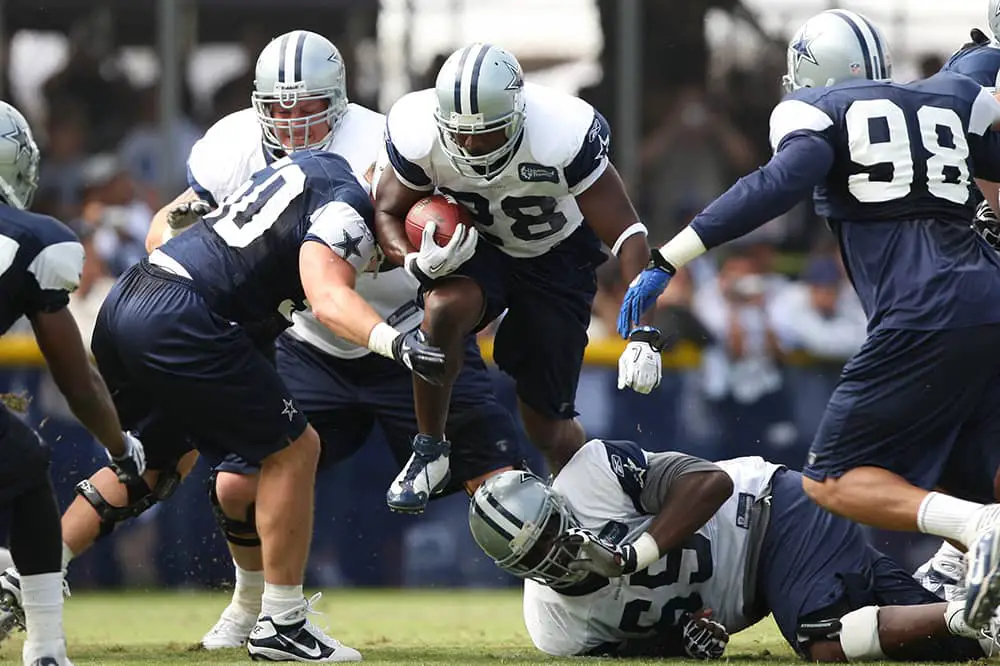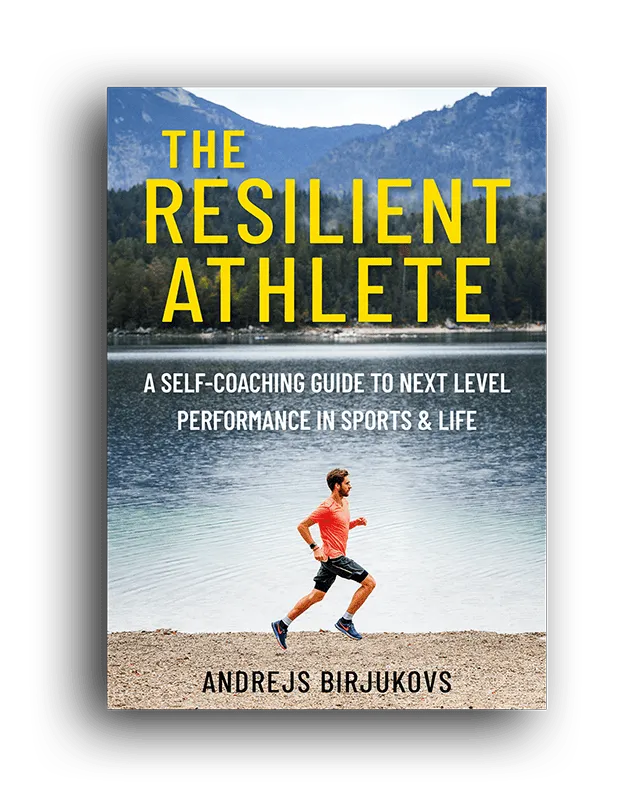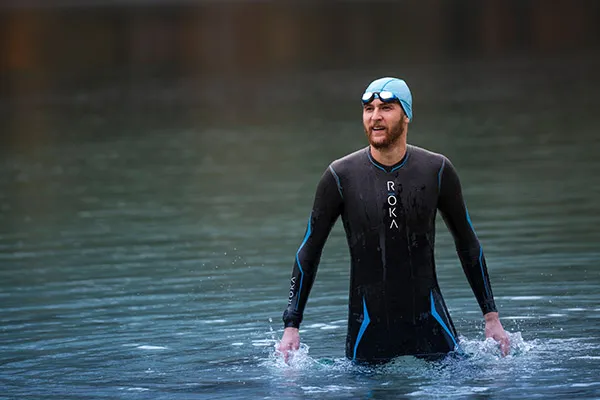Neurofeedback Training For Sports – How The Best In The World Use It?
Many athletes are using neurofeedback training for sports to improve their performance and better compete. In this post we’ll go into detail on what exactly it is and how athletes use it to help their athletic performance.
What is Neurofeedback Training
Neurofeedback training is a safe and non-invasive brain training approach. It allows a person to measure brain activity and uses a positive reinforcement approach to strengthen neural pathways and encourage an increase in desired brain activity. Or so they claim.

This brain training method is used by a wide range of people and for various purposes. One of the purposes is to improve athletic performance. Outside of this, people are using neurofeedback to better regulate their emotions, for greater business focus and performance, as well as in their meditation practices.
How Neurofeedback Training Works
During a neurofeedback session, sensors will be attached to the scalp to measure brainwave activity. These electrical signals will be displayed in real-time on a screen for the expert running the training session to interpret and work with.
Through tailored activities and exercises, neurofeedback training helps individuals modify selected brainwave patterns.
Visual or auditory cues, like movies or games, respond to the individual’s brain activity, reinforcing desired brain patterns and activity. Over multiple sessions, the brain is said to learn how to produce these desired patterns naturally.
Read also: How To Become A Better Athlete – 38 Practical & Useful Tips
How Can Neurofeedback Help in Sports
Since neurofeedback training is all about training the brain to foster more desirable brain activity, many athletes are using it to try and improve their sports performance. For example, if someone wants to bring more calm and focus into their sporting efforts.
Neurofeedback exercises may be able to prompt the brain to adopt relaxation-oriented patterns more frequently. This would allow the athlete to better focus on the task at hand.
Some studies also suggest that neurofeedback training can help with reaction times. That is another factor which would allow athletes compete better.
Finally, athletes also know just how important sleep and recovery is for physical performance. Some athletes use neurofeedback training to improve their sleep and physical recovery. This then has an indirect benefit on their performance over time.

Do Many Athletes Use Neurofeedback?
Yes, there are quite a few athletes who are already using neurofeedback in their training regimes. And it’s not isolated to a single sport or activity.
One neurofeedback training company has worked with Team GB to encourage peak performance and in dealing with head injuries sustained by the athletes. It is also interesting to see football clubs like AC Milan using neurofeedback since 2006. Chelsea has also been experimenting with it in their training plans since 2009.
Read also: Athlete Mental Health: 20 Ways To Overcome Burnout In Sports
For the NFL fans out there, none other than Kirk Cousins is using neurofeedback to get an edge over the competition. The Minnesota Vikings quarterback revealed that he has been using the brain training method to mitigate and manage stress, and sharpen his mental awareness. Cousins commented that mental training is of huge importance when it comes to quarterbacking. He also stated that he has seen many benefits both on and off the field thanks to his use of neurofeedback training.
Tobias Harris of the Philadelphia 76ers is also using neurofeedback to improve his basketball performance. Harris told ESPN that the training helps him return to a focused state even in high pressure situations, like in pivotal moments of a big game.

The Resilient Athlete
A Self-Coaching Guide to Next Level Performance in Sports & Life
Are you aiming to become a resilient athlete who is able to withstand any pressure? Be able to jump on any opportunity? Take any challenge life throws at you head on?
Then this book is for you.
Learn moreDoes Neurofeedback Training Actually Work?
There are ongoing discussions about how much impact neurofeedback training will have on an individual. Many studies have shown positive results from the brain training approach. Critics would attribute those to the placebo effect, however.
Neurofeedback is a non-invasive and safe training approach, but anyone looking to try it should speak with their qualified healthcare professional before doing so. It would also be wise to share how you intend to use the method in your athletic training with your coaching team.
Thinking About Trying Neurofeedback to Improve Your Athletic Performance?
If you are looking to find out for yourself how neurofeedback training will impact your athletic performance, there are some things that you will want to keep in mind.
The first thing is that although neurofeedback is a non-invasive therapy, you should always speak with your licensed healthcare provider and sports coach/advisors before embarking on any new training plan.
Next, you should look for an experienced and qualified neurofeedback practitioner. Ask the company that you speak to about their approach to neurofeedback training, what the average session will look like, how much it will cost, and who they have helped previously.
The best neurofeedback companies will have a number of case studies that they are able to share, They will also be upfront and transparent in regards to costs and how many sessions you will need to see results.
Have an opinion? Share via links below and tag @theathleteblog
Tags In
GET A FREE TRAINING PLAN
Subscribe to my email list and get access to a free 4-week “back in shape” training plan
You’ll also get two full-body strength sessions and some other goodies!

How did I get here?
Hey there! My name is Andrejs and I am here to inspire, entertain and get you fit for any adventure.
I went from being an over trained pro athlete to an endurance coach sharing how to listen to your body and live life to the fullest.
Traveling, new sports & activities brought new meaning to my training and made it much more effective, fun and enjoyable. And I'm here to help you do the same.


